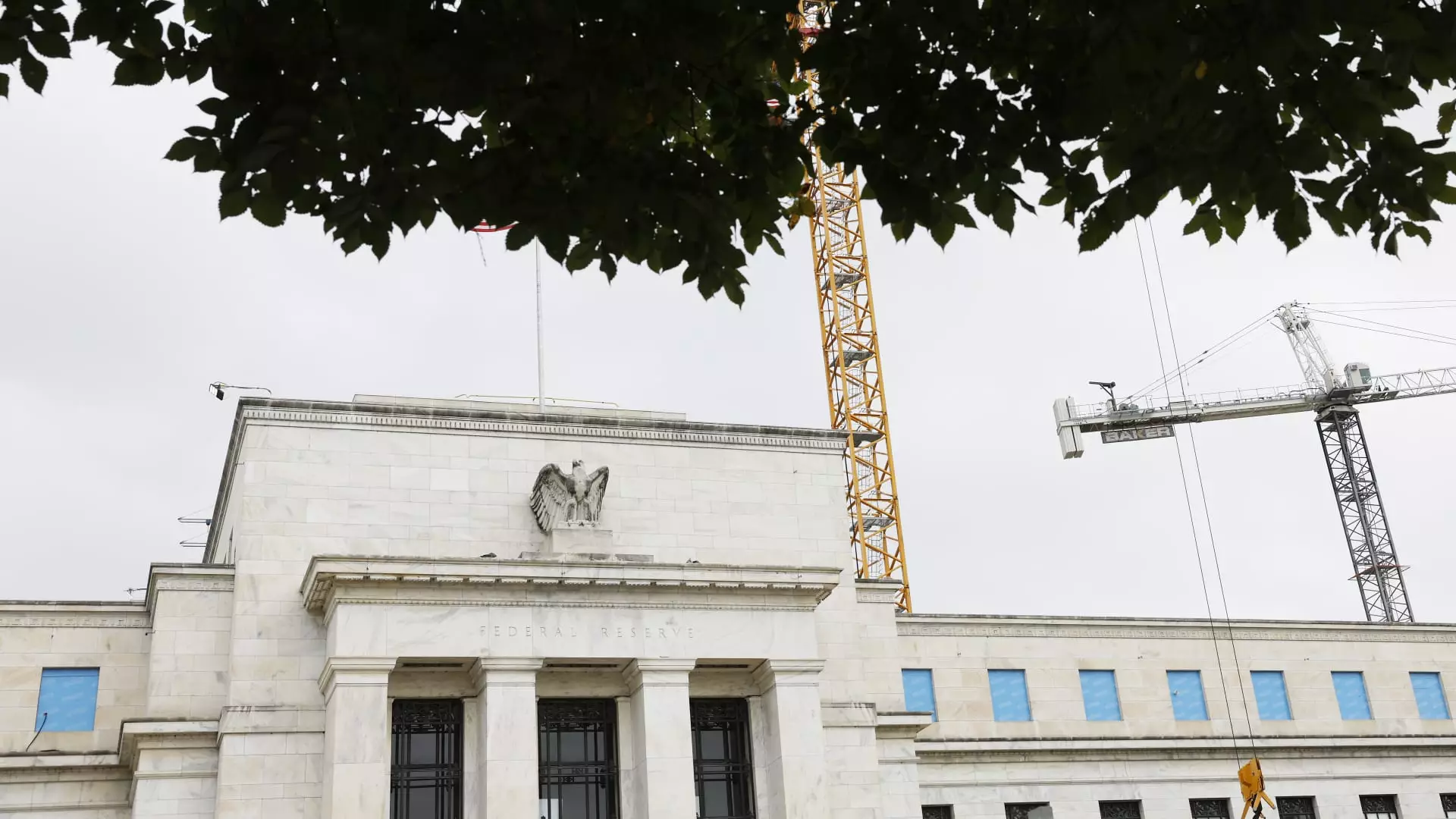In an era where financial accountability is paramount, Elon Musk’s spotlight on government spending comes as a breath of fresh air. His recent criticisms concerning the $2.5 billion renovation of the Federal Reserve building are not just idle concerns; they strike at the very heart of governmental efficiency—or the glaring lack thereof. With escalating costs often passed off as “necessary” expenditures, Musk’s incredulous query about what one gets for that exorbitant price signals a much-needed skepticism about the government’s ability to manage taxpayer resources.
This billion-dollar project, initially estimated at $1.9 billion, showcases a troubling trend of ballooning budgets that too readily enjoy the cloak of bureaucracy as their shield. With construction delays, rising material costs, and shifting designs, one can’t help but wonder: is this renovation really about modernizing a workspace, or is it an elaborate showcase for inefficiency and excess?
The Myth of “Efficient” Government Spending
While the claim that the Fed’s renovations will ultimately save taxpayers money through consolidation might sound plausible, the reality is more cynical. History has taught us that government projects frequently exceed budgets and timelines, and the premise that such costs will lead to efficiency is frequently debunked. Musk’s assertions resonate because they encapsulate a widely held belief: government is often poorly equipped to manage its finances. By pointing out these inconsistencies, Musk inadvertently taps into a deeper, pervasive frustration with big government spending chasing after grand illusions of progress.
Musk’s Department of Government Efficiency advisor board claims of saving taxpayers $160 billion should be weighed against the backdrop of this renovation. Are we really convinced the Fed will be able to deliver on the promise of savings after pouring $2.5 billion into a renovation? One could argue that such blind faith in expenditure justifies an urgent review of all governmental projects, especially ones that hint at luxury under the guise of modernization.
The Federal Reserve: Transparency or Evasion?
Despite Musk’s fervent calls for transparency, the reality is that the Federal Reserve operates under a distinct financial model, where taxpayer funding is not the primary concern. The Fed generates revenue through interest on securities and fees, theoretically separating its financial fate from that of everyday taxpayers. However, this notion of separation raises its own set of questions. Is the Fed truly insulated from public scrutiny when it comes to how effectively it is spending the revenue it generates? The growing silence around the financial details makes Musk’s challenge all the more poignant.
As the Fed board members’ salaries are set by Congress and paid through these revenue streams, it’s vital that they foster accountability in such a way that reflects sound governance. Musk’s skepticism evokes a crucial discourse about how power dynamics play out in these financial institutions, potentially making the public wary of blind trust in their operations.
In light of these mounting concerns, the $2.5 billion renovation project must not merely escape cursory criticism. Instead, it should catalyze a thorough examination of our foundational assumptions about government spending and the layers of inefficiency that allow such outrageous budgets to persist. Are we really getting what we pay for, or are we simply funding a facade?

